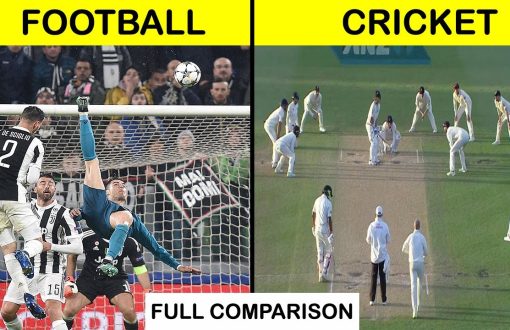Real Estate Basics: What is Greenfield Project?

Introduction
The terms “greenfield” and “brownfield” are frequently used to describe projects, leaving one to wonder what the fundamental distinction between the two is. While we will go into great detail about this concept in this article, it is best to start by stating that a brownfield project is an upgrade of an existing project, whereas a greenfield project is another term for a new project.
Greenfield projects: Important elements
A “brownfield” project calls for an existing or older project’s destruction, remodeling, or advancement. A greenfield project does not require tearing down or rebuilding any existing buildings because the land it is built on has never been used before. A greenfield project is constructed from the ground up without the limitations of earlier work on the project site, i.e., there needs to be infrastructure or buildings already in place. With no existing development, Greenfield land can include infrastructural, industrial, manufacturing, and urban development projects.
Benefits of a greenfield project
- Flexibility: The main draw of a greenfield project is that it allows developers to design a project from scratch that satisfies not only present needs but also those of the future. Additionally, since nothing on the site needs to be destroyed or altered, they have complete creative freedom when designing the project.
- Development: Greenfield sites are frequently available in densely populated cities like Mumbai and Delhi. Therefore, most greenfield projects are located in or near populated areas. The increased business activity in that region, in turn, creates a chance for infrastructure and economic development.
- High livability quotient for home buyers: Residential greenfield projects frequently take the form of self-sufficient townships, feature smart homes outfitted with the newest in home automation, and offer community living with new residents rather than sharing the space with existing tenants, as in the case of a redevelopment project.
Negative aspects of a greenfield project
- Environmental impact: The encroachment on green spaces and the destruction of natural green cover found in sparsely populated areas, where virgin land is typically available, are two of the main drawbacks cited for greenfield projects.
- Cost of development: On greenfield sites, a new project must be developed from scratch, which includes applying for all necessary permits and licenses before beginning construction on a new plot of land. The cost of development is significantly increased due to this and the local development of basic infrastructure.
- Long completion time: Compared to a brownfield project, the time needed to complete a new development on a greenfield site, from the initial approvals stage to the final construction stage, can be significantly longer. Although the lack of existing infrastructure in a new place can be viewed as a benefit and a design opportunity, it also means that the developer will need to secure numerous approvals from various government agencies for the new site. A project could be delayed for several years if these approvals are not given on time.
Greenfield investment
Greenfield investment refers to construction projects initiated by businesses on brand-new land that have always been the same. These multinational corporations frequently launch brand-new ventures from scratch, especially in areas without existing facilities. For various reasons, a company might build a new facility instead of buying or renting an existing one. The primary justification is that a brand-new building offers more architectural flexibility while also being better suited to fulfill the project’s requirements. The company must make changes based on the current design because of an existing facility. In general, maintaining new facilities is less expensive than retaining existing ones. Additionally, new facilities are more advantageous if the business wants to advertise its new venture or hire staff.
Additionally, there are disadvantages to creating new infrastructure.
Creating something from scratch entails more significant risk and cost. For instance, a company may have to put more money upfront if it chooses to build from scratch to finish feasibility studies.
Additionally, there might be difficulties with local labor, laws, and other challenges with new construction projects.
How Do Greenfield and Brownfield Investments Differ?
Companies that want to diversify their business operations invest and purchase real estate abroad. This investment is a foreign direct one (FDI). They buy, lease, or otherwise obtain assets in their host country, such as farms, offices, and other buildings. These acquisitions could be made for either new or used facilities. These types of investments are referred to as greenfield and brownfield investments in the business world.
The foreign direct investment comes in two different flavors: greenfield and brownfield. Both involve companies and factories spread across several other countries. The similarities between the two stop there, though.
A construction project may include more than just a production facility. When a parent company establishes a subsidiary in another country, this is referred to as a greenfield investment. The company starts a new venture by building new facilities instead of buying an existing facility in that country.
Brownfield investments, on the other hand, take place when a business decides to purchase or rent an existing facility to begin producing new goods. Companies may consider this approach a significant time and also money saver since there is no need to go through the process of building a brand-new facility.
Conclusion
We have now covered all the essential details about these terms used frequently in real estate.



